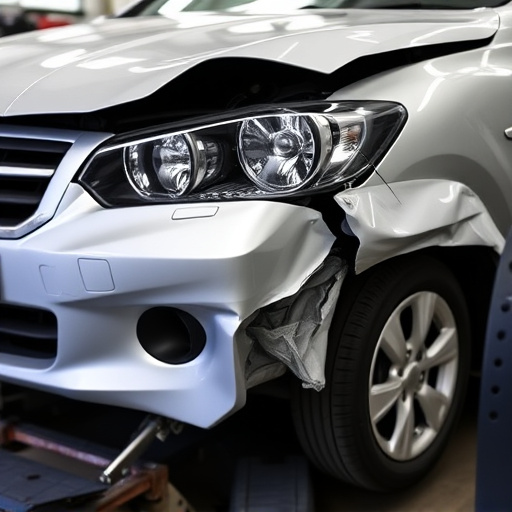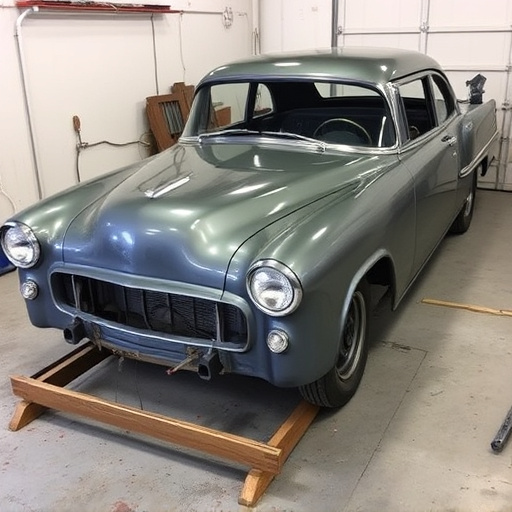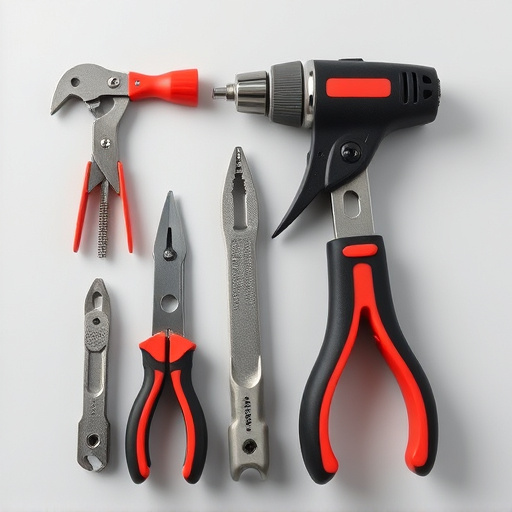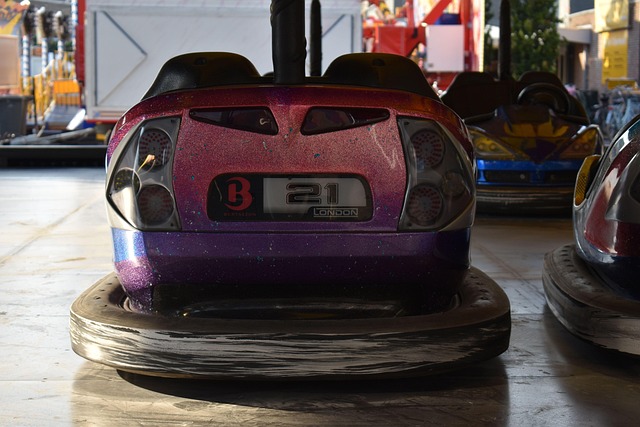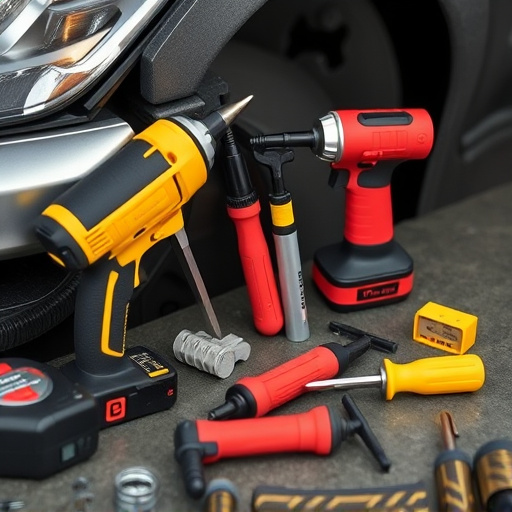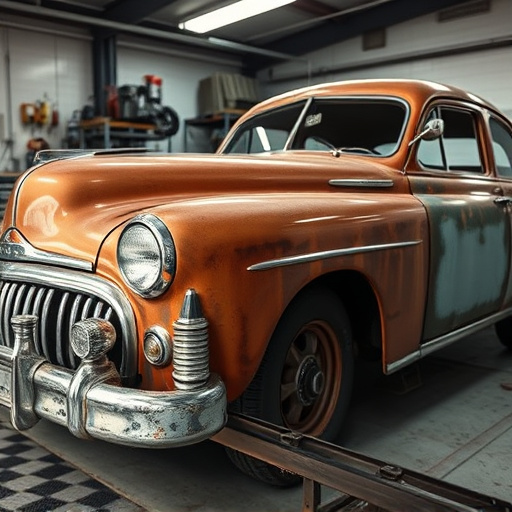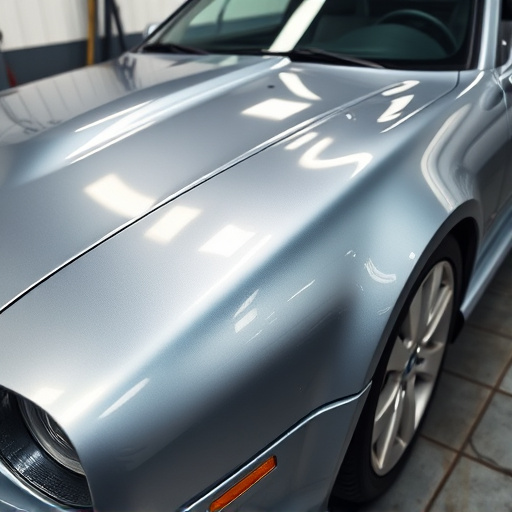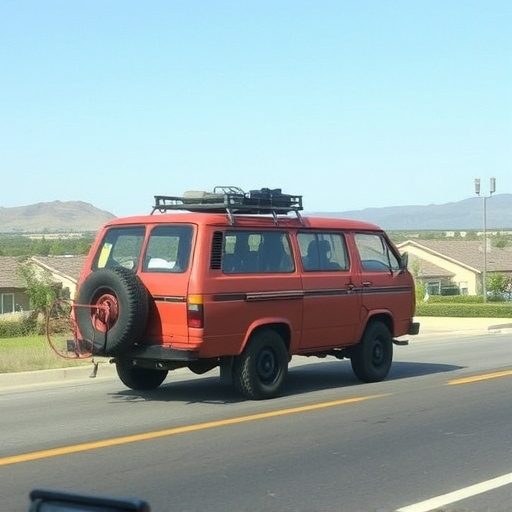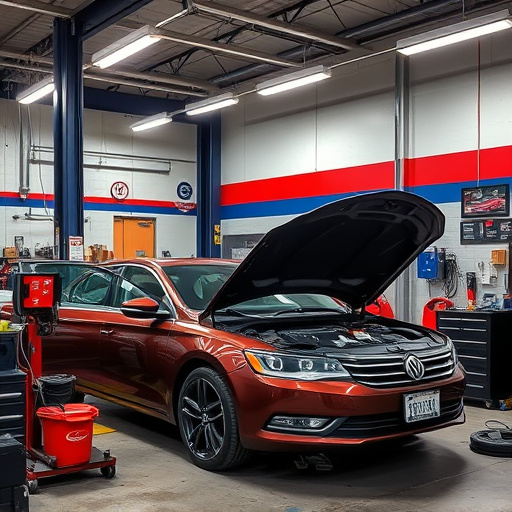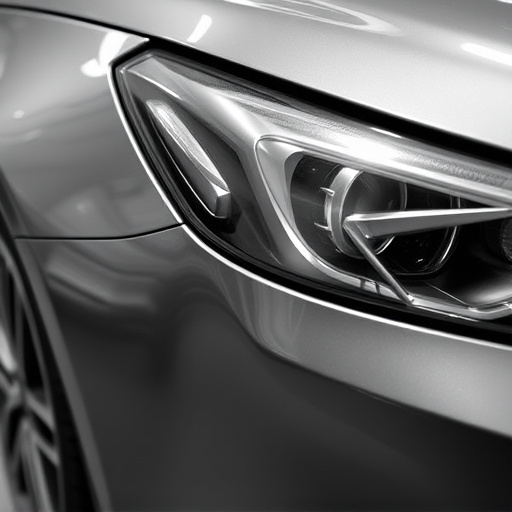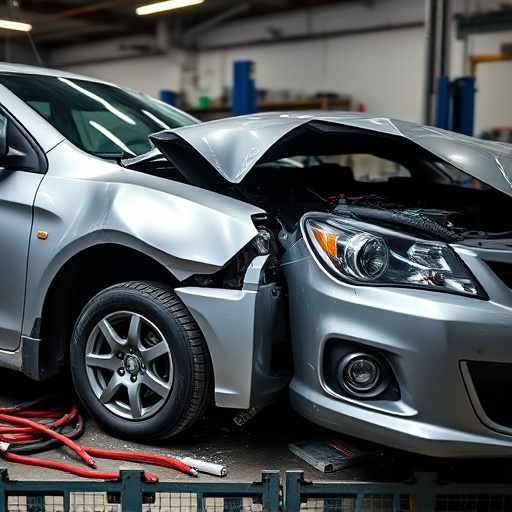Pre-collision inspections are key to maintaining high-strength steel panels' integrity in vehicles, identifying potential issues before accidents occur. Post-collision assessments use specialized tools for thorough damage analysis, guiding effective repairs meeting safety standards. Skilled technicians employ advanced techniques like frame straightening and robotic welding to restore panel strength and structural soundness after damage.
When dealing with high-strength steel panels, proper inspection after a collision is crucial for safety and structural integrity. This comprehensive guide offers essential tips for assessing potential issues before and after impact. Learn how to identify subtle weaknesses in pre-collision checks and thoroughly evaluate panel damage post-impact. Discover effective repair and reinforcement techniques to restore the structural soundness of these robust materials, ensuring both safety and aesthetic appeal.
- Pre-Collision Inspection: Identifying Potential Issues
- Post-Impact Assessment: Evaluating Damage to Panels
- Restoring Integrity: Repair and Reinforcement Techniques
Pre-Collision Inspection: Identifying Potential Issues
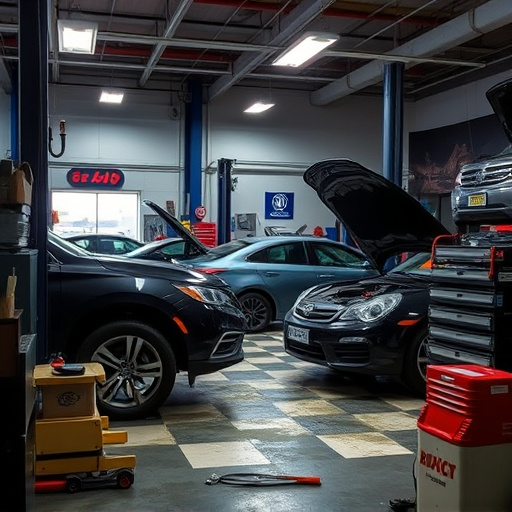
Before any collision occurs, conducting a thorough pre-inspection of high-strength steel panels is a proactive step toward ensuring structural integrity and safety. This involves meticulously examining the panels for any signs of damage, deformity, or stress concentration points. By identifying potential issues beforehand, auto repair experts can better assess and address them before they become more serious during or after a collision.
Regular checks for cracks, corrosion, and misalignments are crucial components of this inspection process, especially in classic car restoration projects where vehicle bodywork is a significant focus. Keeping an eye out for these indicators allows for the early detection of problems that might go unnoticed otherwise. This proactive approach not only facilitates cost-effective repairs but also enhances the overall quality of auto repair services, ensuring your high-strength steel panels are ready to withstand any potential collisions that may lie ahead.
Post-Impact Assessment: Evaluating Damage to Panels
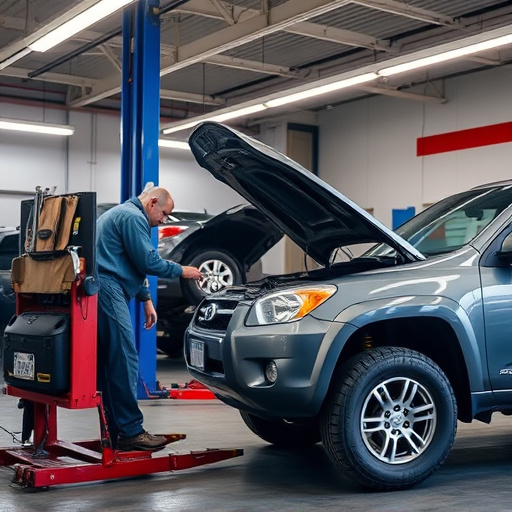
After a collision, assessing the damage to high-strength steel panels is crucial for ensuring structural integrity and safety. The initial post-impact evaluation should focus on visible signs of distress, such as dents, buckles, or cracks. These defects can often be identified by visual inspection, but it’s important to use appropriate lighting conditions and angles to catch hard-to-see damage.
Professionals at an auto collision center will utilize specialized tools for a thorough examination. They look for both surface-level issues like scratch repair and more severe damage that could compromise the panel’s strength. In cases of extensive hail damage repair, advanced techniques like X-ray imaging or non-destructive testing methods may be employed to uncover hidden weaknesses. This comprehensive assessment is vital in determining the best course of action for repairs, ensuring the panels meet safety standards and are restored to their optimal condition.
Restoring Integrity: Repair and Reinforcement Techniques
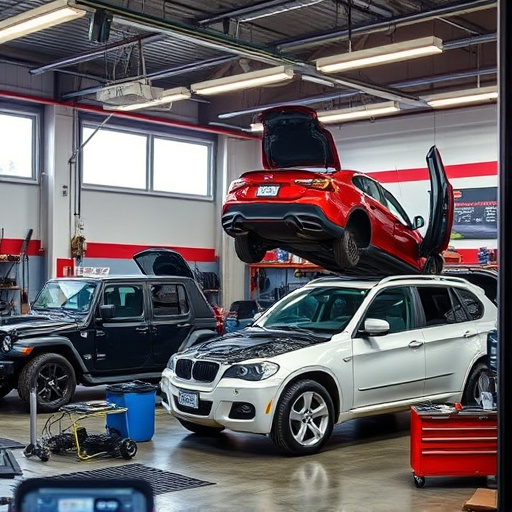
After assessing the damage, the next crucial step is to restore the integrity of high-strength steel panels. Repair and reinforcement techniques are essential to ensure structural soundness and safety. Skilled technicians employ various methods, including frame straightening and meticulous automotive body work, to realign warped or bent panels. This process often involves precision cutting and precise welding to accurately reconstruct the panel’s original shape and strength.
Advanced technologies like robotic welding systems enhance accuracy and efficiency in repair operations. These systems ensure consistent quality and alignment, critical for high-strength steel panels that bear significant structural loads. Proper restoration not only guarantees optimal performance but also ensures the vehicle’s overall safety during future collisions, underscoring the importance of expert intervention in automotive body work.
When inspecting high-strength steel panels after a collision, a systematic approach is key. By combining pre-collision assessments with thorough post-impact evaluations, you can accurately identify and address potential issues. Employing effective repair and reinforcement techniques ensures these panels regain their structural integrity, underscoring the importance of professional restoration for safety and longevity.
